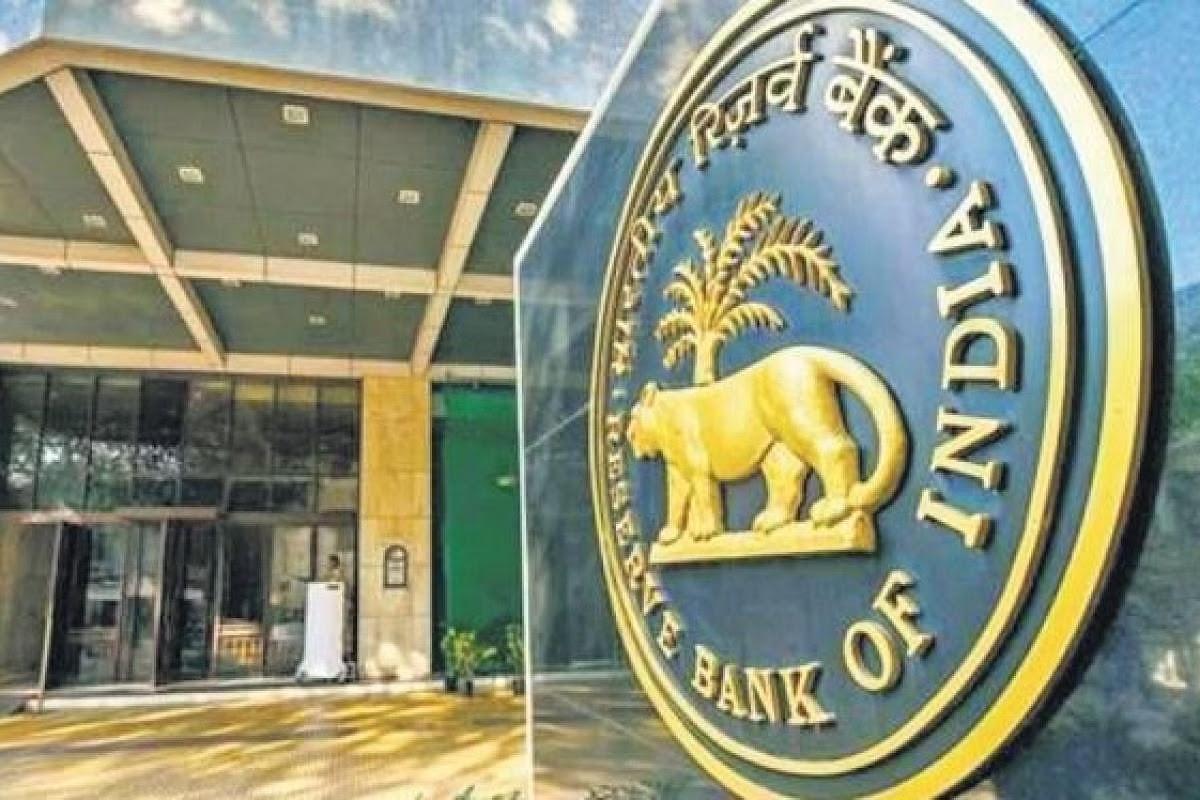The Reserve Bank of India (RBI) recently announced significant developments in its guidelines concerning wilful defaulters and large defaulters. These developments include broadening the scope of the definition and mandating lenders to finalize the identification and classification of borrowers as wilful defaulters within six months of loans turning bad. These draft norms, unveiled on Thursday September 22, aim to streamline the process of identifying defaulters and regulating their status.
Identification of Defaulters
1. Wilful Default Defined
One of the pivotal aspects of the draft norms is the definition of a wilful defaulter. According to the RBI, a wilful defaulter is an individual or entity that has defaulted on outstanding dues of Rs 25 lakh or more without any reasonable constraint to do so. This marks a crucial threshold for categorizing defaulters.
2. Large Defaulters Classification
Apart from wilful defaulters, the RBI’s draft norms also introduce the concept of “large defaulters.” These are entities with outstanding dues of Rs 1 crore or more, with provisions to include unapplied interest in the calculation.
3. Removal of Defaulter Status
The draft norms also address the possibility of removing a defaulter’s name from the list. If an account listed as a wilful defaulter undergoes resolution through mechanisms like the Insolvency and Bankruptcy Code or RBI’s guidelines, resulting in a change in management and control, the defaulter’s name should be removed from the list.
Settlements and Legal Proceedings
1. Settlement with Defaulters
The draft norms stipulate that if a wilful defaulter enters into a settlement with the lender, their name can be removed from the list only after the borrower has paid the entire due amount. Part-payment will not suffice. This process should adhere to the lender’s board-approved policy, which must include guidelines on staff accountability, examination, and reporting.
2. Legal Proceedings
Importantly, the compromise settlement does not absolve wilful defaulters from legal proceedings, including criminal actions. The RBI emphasizes that this compromise settlement should not prejudice the continuation of legal actions against such defaulters.
Consequences for Defaulters
1. Debarment from Institutional Finance
Wilful defaulters face strict consequences. They are debarred from obtaining any form of institutional finance. This restriction extends to floating new ventures or entities associated with wilful defaulters for a period of five years after their name is removed from the list.
2. Restructuring Credit Facilities
Additionally, the draft norms state that wilful defaulters are not eligible for the restructuring of credit facilities. This further underscores the gravity of being classified as a wilful defaulter.
Guarantor Liability
The RBI’s guidelines also address guarantor liability, noting that lenders can proceed against guarantors without exhausting remedies against the principal debtor in cases of default.
Transferring Defaulted Loans
Lenders are required to complete investigations into wilful default cases before transferring credit facilities to other lenders or asset reconstruction companies. The sale of defaulted loans should not be considered a recovery, according to the draft norms.
Credit Information Reporting
The draft norms establish a monthly reporting requirement for regulated entities of the RBI to credit information companies regarding large and wilful defaulters. This includes maintaining lists of “suit filed” and “non-suit filed” accounts, indicating whether RBI-regulated entities have approached courts or tribunals for recovering dues.



 Indian Olympic Medal Winners List Till N...
Indian Olympic Medal Winners List Till N...
 Who is the Inventor of the Gramophone?
Who is the Inventor of the Gramophone?
 HS Dhaliwal Appointed New DGP Of Andaman...
HS Dhaliwal Appointed New DGP Of Andaman...
